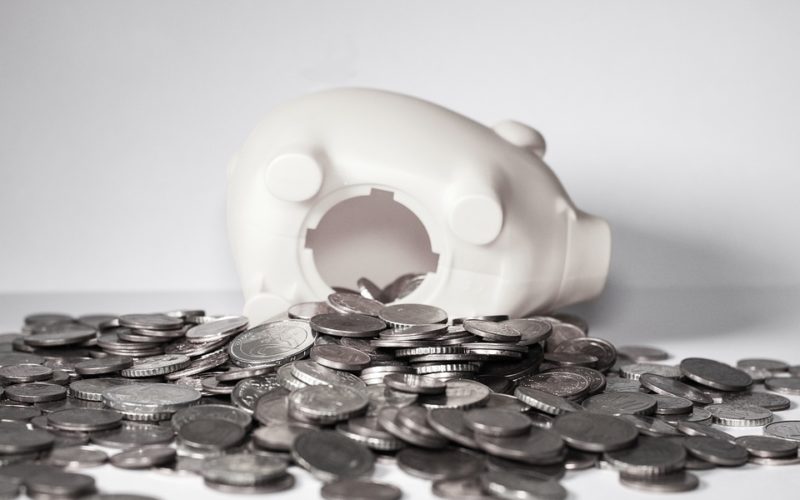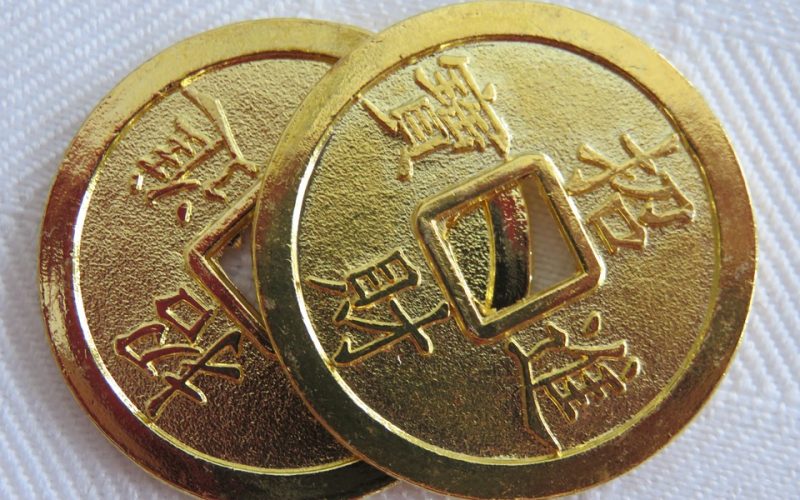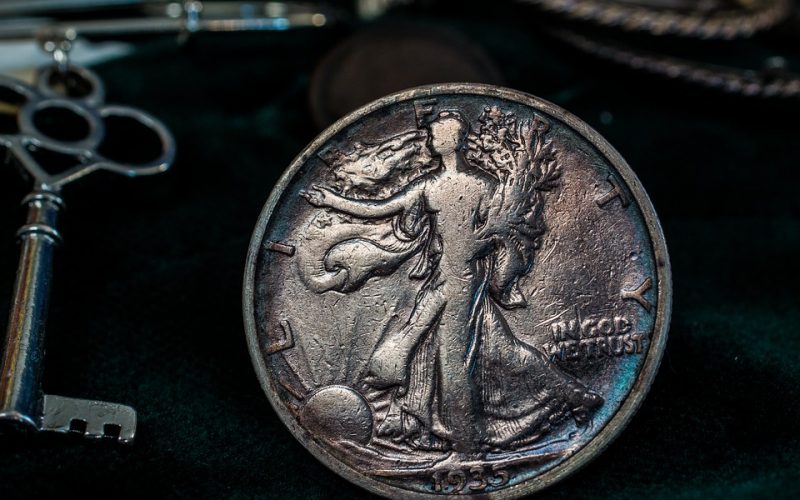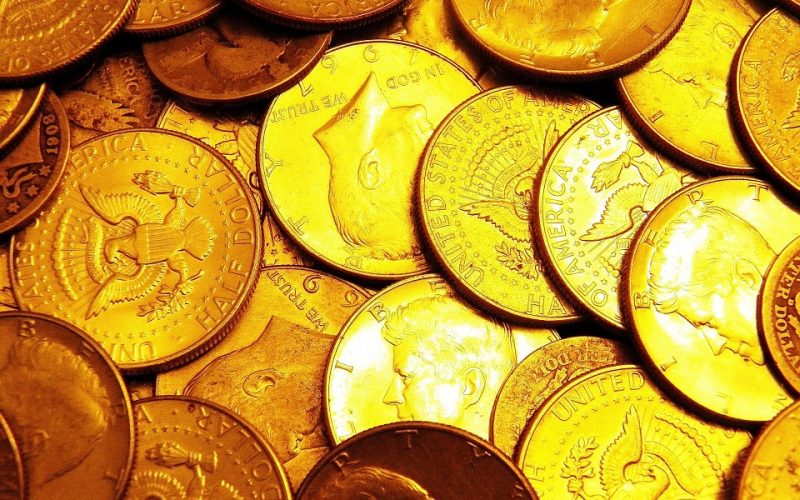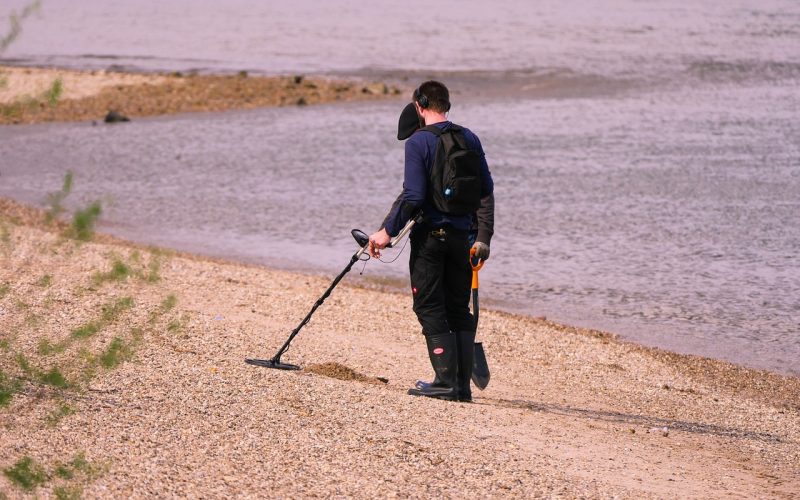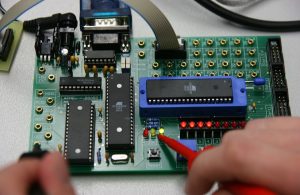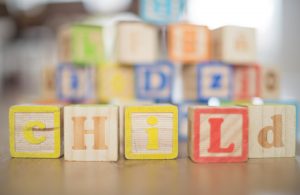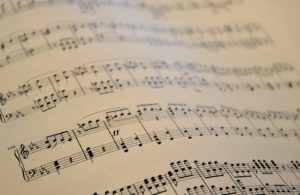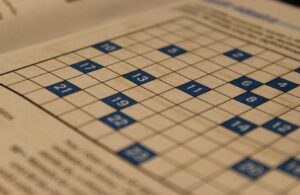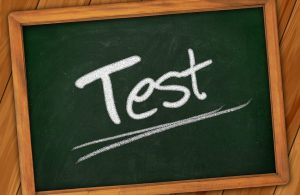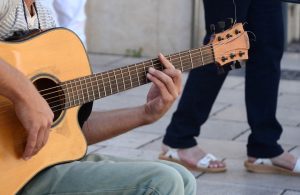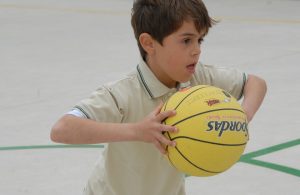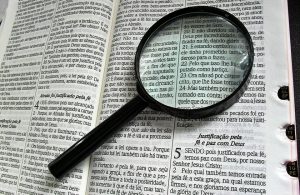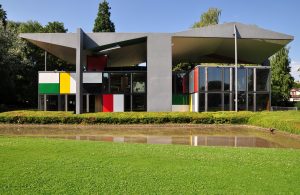Enhancing a Child’s Education with Coins
Teaching children about the value of things is an important part of their education, but parents often find it is a difficult concept to pass on. Money is something they provide for their offspring, so children find little value in pieces of paper or the modern plastic used to pay for items. Teaching them the value of money can begin with letting them perform small tasks to earn it, and they will then have a chance to understand it does have its own value before it is used to buy anything.
Coins for buying items are not much use in the modern world where prices have soared, but teaching a child the value of money can be a good way to use them as an object lessons. While one or two coins will buy almost nothing, teaching a child to keep their coins until they add up is a good lesson. If they want something that is costly, they will be able to count their coins until they have enough for the purchase, and it will teach them discipline as well as value.
Finding coins is one way to amass enough for a purchase, but children often find coins fascinating on their own. They might begin to see that they have value as an object of interest, and it could be difficult to teach them their value for purchases if the child becomes interested in them as a collection. Parents can assist their children with this facet of their education by helping them choose the best coins to keep for a collection while allowing them to spend others.
There are many ways coins can be used to help enhance a child’s education when it comes to the value of money. Looking at it as a way to teach them to earn what they need, the discipline to save and even how to find value in it as a hobby are all ways parents can further their child’s education.
